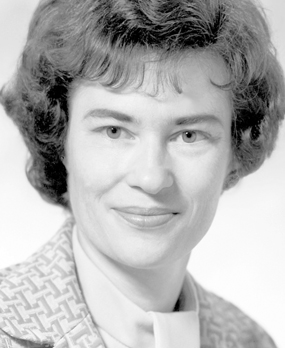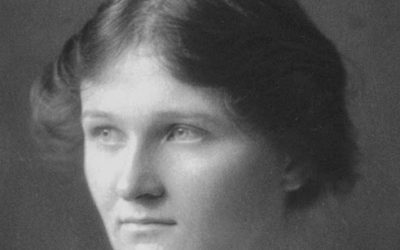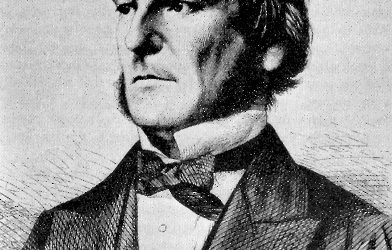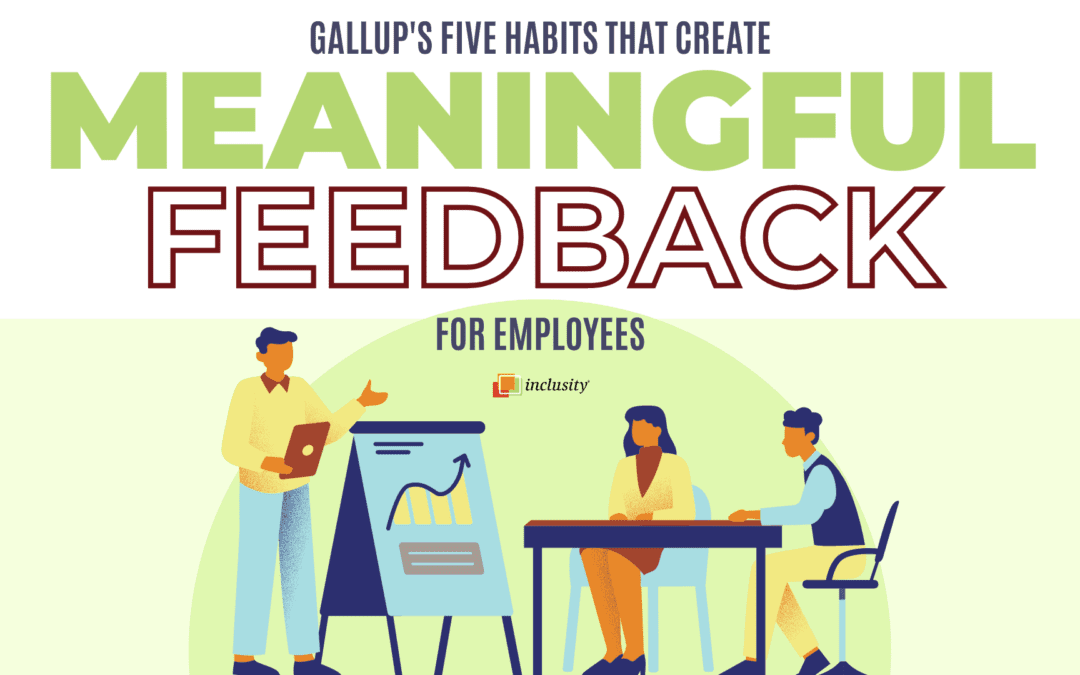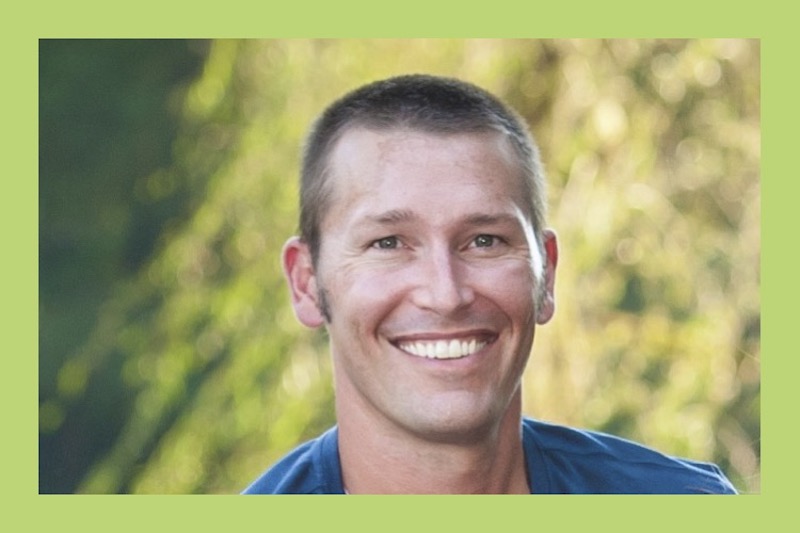In this series we’ve discovered the stories of successful people who struggled to make their mark on the world. These struggles have often been bound up with prominent disadvantages that many of us are familiar with: poverty, obscurity, prejudice and other intimidating obstacles. It’s important for us to recognize, though, that there are many subtler obstacles that can pose just as potent a threat to people’s dreams. One of these, and possibly the hardest for some people to overcome, comes in the form of assumptions that others make about them and the resulting expectations that are formed.
Some people are fortunate enough to have their ambitions merely delayed rather than thwarted entirely. We saw this with Belle Kogan, who was asked to put her career on hold for nearly a decade in order to keep her father’s store and family going. Others aren’t so lucky. Faced with constant pressure to live up to the expectations of family, friends, and society, they abandon their own dreams and do what others want them to do. One woman who came horribly close to this was the 3M chemist Patsy O’Connell Sherman.
In the late 1940s, when Sherman was in high school, it was commonly assumed that a woman’s “job” should be to marry, have children, and take care of a household for the benefit of her family. Millions of American women had worked in factories during World War II, and both before and after the war there were still millions in the workforce, but the cultural consensus was that this was merely “temporary” and not a desirable state of affairs. A woman who openly admitted to enjoying her work, and independence from family ties, was a rarity, while anecdotes about women joining a company just so they could ultimately marry an executive were bandied about in offices across the country.
As assumptions often do, this idea made its way into the aptitude tests that high school students were given to help them make decisions about their future careers. Sherman filled out her test, turned it in, and received the supposedly happy news that she was ideally suited to be: a housewife. This was not a tempting prospect to a girl with a strong interest in science and who planned to study in college after she graduated from high school. Arguing over the content of the test would probably have been futile, and Sherman didn’t bother; instead, she insisted that she be allowed to take the boys’ version of the aptitude test. The results of that test indicated a career in either dentistry or chemistry, and she eventually decided that she would be a chemist.
Sherman became the first woman to graduate from Gustavus Adolphus college in Minnesota with a degree in chemistry, but her struggles with societal expectations weren’t over. Her first job after graduating, with 3M, was officially a “temporary” assignment; after all, as a woman there was no telling when she might want to get married and quit. It was apparent that her employer didn’t trust her to make work her highest priority, but Sherman surprised them. She did get married, and she did have children, but she didn’t leave the company for another forty years.
The management at 3M may have thought back in 1952 that they were hiring just another lab technician who would burn out in a year or two, but Sherman had staying power. In fact, she made herself indispensable by co-developing one of their most innovative products: the stain-repellent spray Scotchgard. Working with fellow 3M chemist Samuel Smith, she continued to earn patents and expand the company’s product line, rising to the rank of Technical Development Manager by the time of her retirement in 1992.
Sherman’s accomplishments in applied chemistry are impressive, but how she managed her own life in the face of restrictive assumptions is even more so. She proved that a woman in business doesn’t have to choose between having a career and having a life, and throughout her own life she encouraged other women to discover the possibilities of a career in science. Both of her own daughters chose to be scientists, and her advice to people like them was typically upbeat:
“Keep your eyes and mind open, and don’t ignore something that doesn’t come out the way you expected it to. Just keep looking at the world with inventor’s eyes!”
Next Post: Jack Tramiel, the hard-bitten Holocaust survivor whose company developed the best-selling computer of the 1980s.

